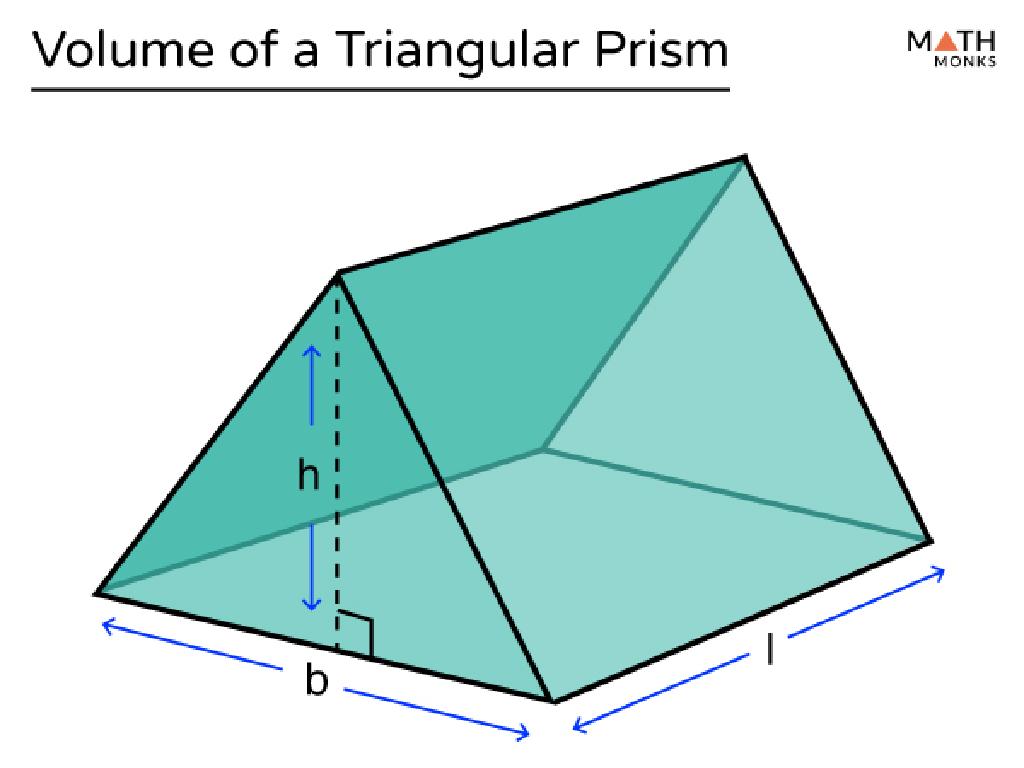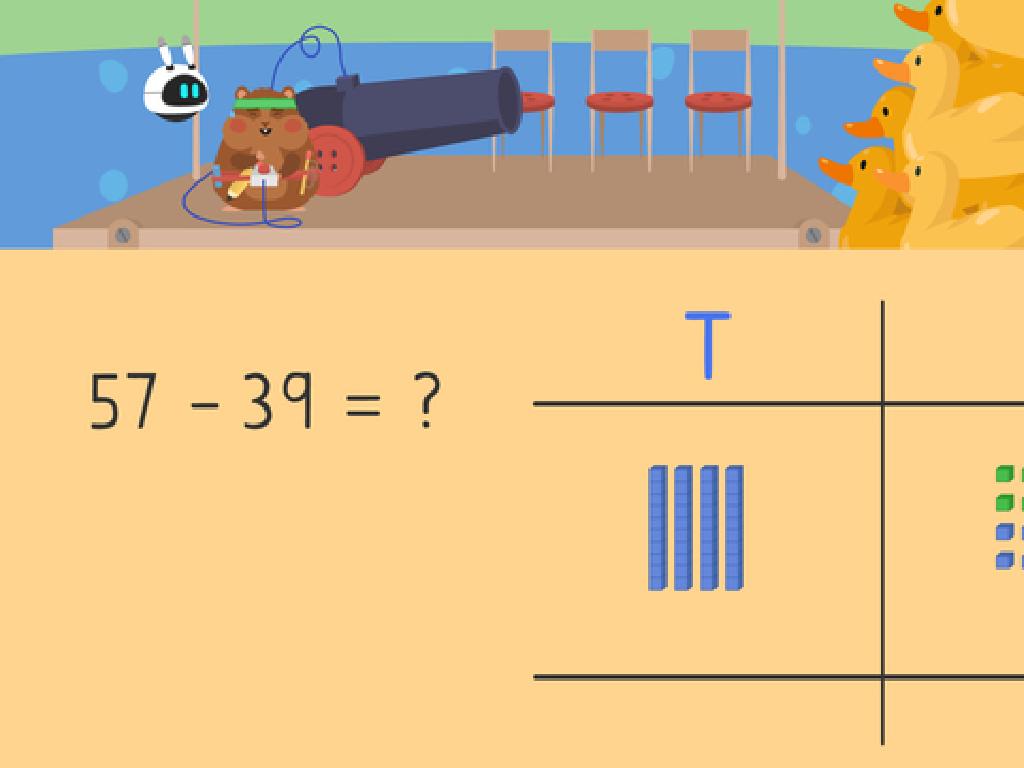Pronoun-Verb Contractions
Subject: Language arts
Grade: Fifth grade
Topic: Contractions
Please LOG IN to download the presentation. Access is available to registered users only.
View More Content
Introduction to Contractions
– What are contractions?
Contractions are shortened forms of words or phrases.
– Apostrophes in contractions
An apostrophe replaces omitted letters.
– Daily examples of contractions
Examples: can’t for cannot, I’m for I am.
– Practice with contractions
|
Begin the lesson by explaining that contractions are a way to shorten words or phrases by combining them, which makes speaking and writing faster and more natural. Emphasize the role of the apostrophe, which takes the place of the missing letters. Provide everyday examples of contractions to illustrate their common usage, such as ‘don’t’ for ‘do not’ and ‘it’s’ for ‘it is’. Encourage students to think of contractions they use and to be mindful of the apostrophe’s placement. As an activity, have students create sentences using contractions and then write the expanded form to reinforce the concept.
Pronoun-Verb Contractions
– Combining pronouns with verbs
– Apostrophes show missing letters
– An apostrophe takes the place of the missing letters in contractions
– Example: I am -> I’m
– ‘I am’ becomes ‘I’m’ where the apostrophe shows where ‘a’ is left out
– Example: She will -> She’ll
– ‘She will’ turns into ‘She’ll’ with the apostrophe replacing ‘wi’
|
This slide introduces the concept of pronoun-verb contractions, which are commonly used in everyday English to combine a pronoun with a verb for brevity and simplicity. The apostrophe is a critical punctuation mark in contractions, indicating where letters have been omitted to form the contraction. Provide examples like ‘I’m’ from ‘I am’ and ‘She’ll’ from ‘She will’ to illustrate the concept. Encourage students to think of other pronouns and verbs they can contract and to notice the use of apostrophes in their reading and writing. This understanding will help them in both comprehension and composition.
Why Use Contractions?
– Simplify sentences with contractions
– They make sentences shorter and flow better
– Contractions in spoken vs. written English
– Spoken English often uses contractions while written English can be more formal
– Guidelines for using contractions
– Use them in informal writing and dialogue
– When to avoid contractions
– Avoid in formal essays or important documents
|
This slide aims to explain the purpose and usage of contractions in English. Contractions help in making sentences shorter and often make speech sound more natural and fluent. It’s important to highlight the difference in the use of contractions in spoken English, which tends to be informal, versus written English, which can range from informal to very formal. Students should learn that contractions are suitable for casual writing and conversations but should generally be avoided in formal writing, such as academic essays or professional communication. Encourage students to think about how they use contractions in their daily lives and to be mindful of the appropriate contexts for their usage.
Rules of Pronoun-Verb Contractions
– Specific pronouns and verbs contract
– Not all pronouns and verbs can be joined
– Apostrophe placement is key
– The apostrophe takes the place of missing letters
– Avoid using double contractions
– Double contractions are incorrect in standard English
– Examples: I’m, you’re, he’s, they’re
– ‘I am’ becomes ‘I’m’; ‘you are’ becomes ‘you’re’
|
This slide aims to teach students the basic rules for creating pronoun-verb contractions, which are commonly used in everyday English to combine a pronoun with a verb in a shortened form. Emphasize that only certain pronouns and verbs can be contracted, and the apostrophe must be placed where letters have been omitted. Stress the importance of avoiding double contractions as they are not grammatically correct in standard English. Provide clear examples for each rule to ensure understanding. Encourage students to practice by writing sentences using contractions and to be mindful of these rules when reading and writing.
Let’s Practice Pronoun-Verb Contractions!
– Identify correct contractions
– Choose the right contraction for ‘she will’: is it ‘she’ll’ or ‘she’s’?
– Create sentences with contractions
– Use ‘I’m’, ‘you’re’, ‘he’s’ in your own sentences.
– Correct contractions in sentences
– Find mistakes: ‘He is go to the store’ should be ‘He’s going to the store’.
|
This slide is an interactive class activity focused on pronoun-verb contractions. Students will practice identifying the correct contractions, such as ‘she’ll’ for ‘she will’. They will also create their own sentences using common contractions to reinforce their understanding. Additionally, students will correct improper contractions in given sentences, which will help them to apply their knowledge in a practical context. For the teacher: Prepare a worksheet with sentences that have common mistakes in contractions for students to correct. Also, consider creating a fun matching game where students match pronouns with their contracted forms.
Class Activity: Contraction Creation
– Write a dialogue with a partner
– Use pronoun-verb contractions
– Examples: I’m, you’re, he’s, we’ve
– Circle the contractions used
– Present your dialogue to the class
|
This activity is designed to help students practice using pronoun-verb contractions in a fun and interactive way. By working in pairs, students can brainstorm and write a short dialogue as if they were characters in a story. Encourage them to use contractions such as ‘I’m’, ‘you’re’, ‘he’s’, ‘we’ve’, etc. After writing, they should review their dialogue and circle all the contractions they’ve used, which will help reinforce their understanding. Finally, each pair will present their dialogue to the class, providing an opportunity for speaking practice and for other students to hear contractions used in context. Possible variations of the activity could include writing dialogues for different scenarios, focusing on less common contractions, or even creating a small skit based on their dialogues.
Wrapping Up: Pronoun-Verb Contractions
– Recap on pronoun-verb contractions
– Review: I’m, you’re, he’s, they’ve, etc.
– Why practice contractions
– Makes writing more natural and fluent
– Homework: A story with contractions
– Write a creative story using contractions like ‘she’s’, ‘we’re’, ‘it’s’
– Share your stories next class
|
As we conclude today’s lesson, remind students of the pronoun-verb contractions we’ve learned, such as ‘I’m’ for ‘I am’ and ‘they’ve’ for ‘they have’. Emphasize the importance of using contractions to make writing sound more natural and fluent, as they reflect everyday speech. For homework, students are tasked with writing a short story that includes at least ten different pronoun-verb contractions, allowing them to practice and demonstrate their understanding. Encourage creativity and assure them that they will have the opportunity to share their stories in the next class, fostering a sense of excitement and anticipation.






